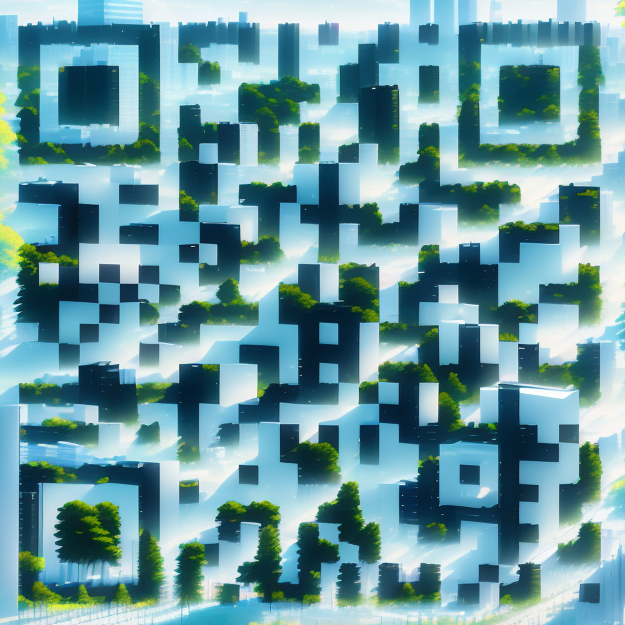Research on the quantification of historical street space based on image semantic segmentation
Abstract: Different from the existing empirical landscape measurement methods, this article explores an effective method to quantify the landscape through the use of computer vision perception. First, based on image semantic segmentation technology, a large number of excellent case images are put into image semantic segmentation and annotation tools for image segmentation. Secondly, the image semantic segmentation is used to quantitatively analyze the landscape space elements of the old urban site, and obtain the data value of each landscape element in the excellent case, which provides a reference for the design of the element ratio data basis. Finally, it is applied to the street space in the old city of Macau to perform a quantitative analysis of the computer vision perception of the streets in the old city. Get quantitative suggestions for landscape improvement, and provide new methods for quantitative research and transformation of old urban areas.
Key words:Historical Street Space, image semantic segmentation technology, Quantitative analysis, landscape
引用格式:Lina Yan, Yile Chen, Liang Zheng, Yi Zhang, Chun Zhu, “Research on the quantification of historical street space based on image semantic segmentation,” Proc. SPIE 12168, International Conference on Computer Graphics, Artificial Intelligence, and Data Processing (ICCAID 2021), 1216814 (18 March 2022); doi: 10.1117/12.2630998
目录大纲:
1. Introduction
2. Research Background
3. Image semantic segmentation
4. Quantitative analysis of street space
5. Example application
5.1. Semantic Analysis of Macau Street Images
5.2. Comparison with typical case data
5.3. Quantitative suggestions for street improvement design
5.3.1. Improvement of street green viewing rate
5.3.2. Improvement in traffic diversion
5.3.3. Improvement in architectural features
6. Conclusion

Figure 1: The image semantic segmentation process is shown, and the segmented image and data are obtained (painted by the author)

Figure 2: After adjustment, the average calculation results of the cases were obtained (painted by the author)

Figure 3: Calculation results of images within 1km² of Macau’s St. Paul area (painted by the author)

Figure 4: Data of Macau’s St. Paul area (painted by the author)


